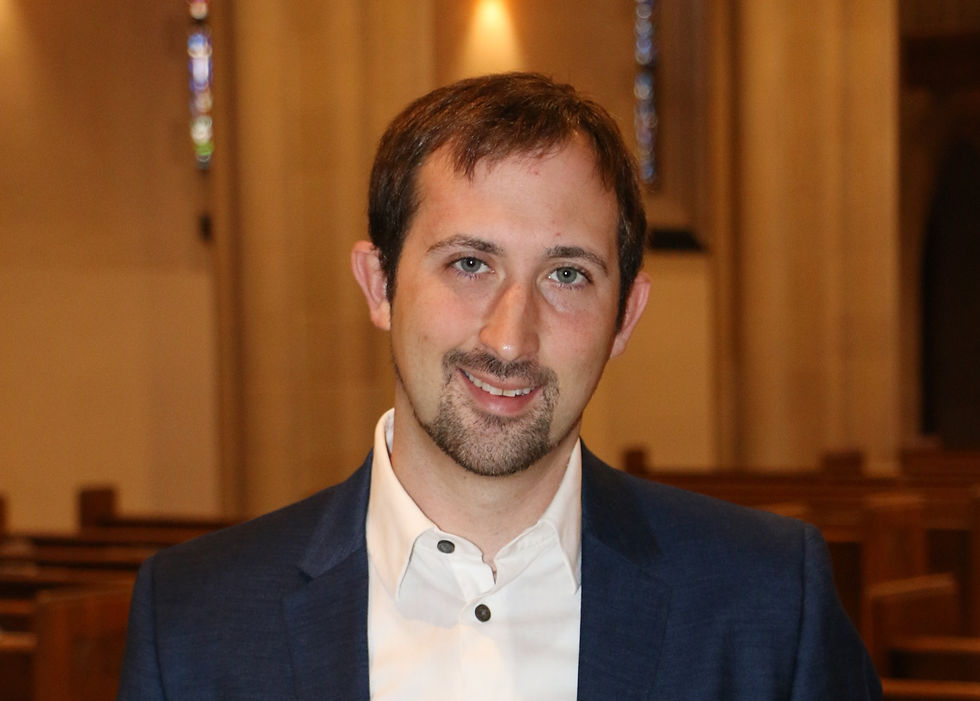by Jesse Ratcliffe

My first “wow” moment regarding choral singing occurred in my senior year in high school. The Beckley (WV) Community Choir paired with Concord University (which would become my Alma Mater) to present Faure’s Requiem and a handful of spirituals. That setting of the Requiem has been a favorite since – call it nostalgia, but Faure’s work is a splendid example of late-Romantic, early-Impressionistic French Composition. On All Saints' Day, you will hear selections from this glorious work.
Faure began his formal music education at the age of nine at Ecole Niedermeyer music college in Paris at which he was a student of Camile Saint-Saens. His first successful work as an award-winning and published composer was Cantique de Jean Racine in 1865 when he was 21. In 1874 he become the organist at the Église de la Madeleine—though he leaves behind no organ compositions, he was known for stellar playing and improvisations despite his preference for the piano. One of his last achievements before fading from public performance due to increasing deafness was becoming director of the Paris Conservatoire in 1905.

Faure’s renowned Requiem was composed between 1887 and 1890. He wrote of the work, “It has been said that my Requiem does not express the fear of death and someone has called it a lullaby of death. But it is thus that I see death: as a happy deliverance, an aspiration towards happiness above, rather than as a painful experience.” In 1924 the Requiem, in its full orchestral version, was performed at Fauré's own funeral. It was not performed in the United States until 1931, at a student concert at the Curtis Institute of Music in Philadelphia. It was first performed in England in 1936.
The structure of individual movements within the Requiem resembles Brahm’s Ein deutches Requiem (composed 1865-1868). Moreover, both Requiem of Faure and Mozart begin with in the key of D-minor. Unlike previous Requiem settings, Faure utilized rather thin textures throughout the work. In particular, the Sanctus utilizes unison quasi-call-and-response lines between the sopranos and men (tenors and basses). From Faure’s pen, The Agnus Dei is full of light whereas other settings tend to be dark and foreboding.
If this work is unknown to you, I encourage you to carve-out thirty-five minutes and prayerfully listen to this magnificent work of hope and peace. (Take a listen HERE).

It has managed to match the performance of many other expensive soundbars while keeping the price very low.
https://bestsoundbarlab.com/best-soundbar-under-200/